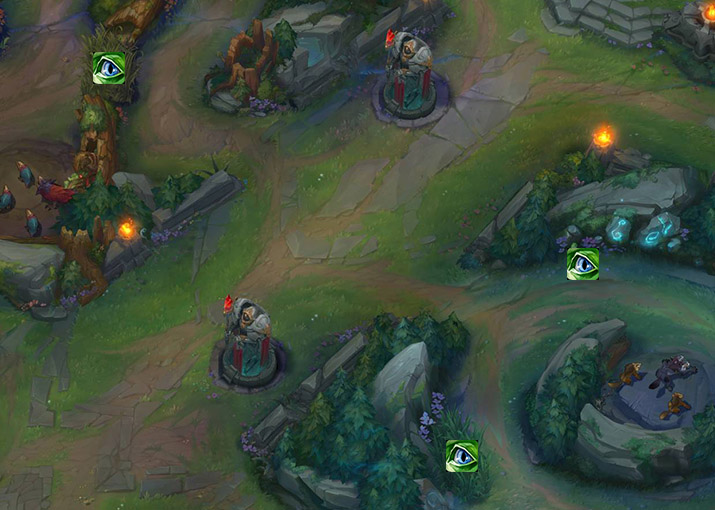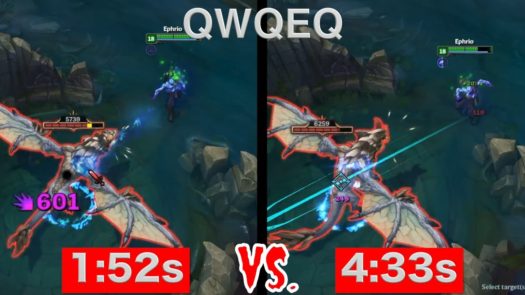

There is moderate quality evidence that prefabricated orthoses had 3 times the risk of skin complications when compared to all other orthoses (RR 3.17, 95% CI 1.19 to 8.43, I² 47%) and nearly 7 times the risk of skin complications when compared to custom thermoplastic orthoses (RR 6.72, 95% CI 1.59 to 28.46, I² 0%).

Dichotomous outcomes are expressed as Risk Ratios (RR) and 95% confidence intervals (95%CI) and continuous outcomes as standardised mean differences (SMD) and 95%CI. Results were pooled using a random-effects model with inverse variance methods. The PEDro scale was used to assess methodological quality. Database searching yielded 1024 potential studies, of which 7 met inclusion criteria with a total of 491 participants.ĭata was extracted using an author designed extraction form by 1 reviewer and the accuracy assessed by a second reviewer. To investigate which orthosis results in: 1) the least complications 2) the least extensor lag 3) the highest rates of treatment success according to the Abouna and Brown criteria for soft tissue mallet injury in adults.Įlectronic databases AMED, CINAHL, Embase, MEDLINE, PubMed, OTseeker and PEDro were searched from the earliest available until September 2014.Ĭontrolled trials evaluating orthosis type in conservative management of mallet injury were included. Although Stack splint has practical points, we no longer use it. In the 17 fully compliant patients, mean distal interphalangeal joint extension lag was 12.4 and nine of them (52.9%) were satisfied with the outcome.Ĭonclusions: Our both hypotheses failed comprehensive instructions for the splinting regime did not improve patients’ compliance satisfactorily, nor did it lead to favorable outcomes. However, nine patients declared that they wore the splint ≤ 4 weeks, the compliance rate to our regime was 65.4% (17/26). No skin complications or proximal interphalangeal joint stiffness were reported. Results: There were 26 patients with a mean age of 39.8 and mean follow-up period of 6.7 months. Range of motion, skin complications, patients’ compliance and satisfaction were assessed at last follow-up. Following whole-day regime for 6 weeks, night splinting continued for 2 more weeks.
Quickcast vs normal cast free#
Free movement of proximal interphalangeal joint within the splint was checked after each application. They were told to support distal interphalangeal joint volarly both while wearing the splint and when it was removed. They were instructed to wear the Stack splint for 24 hours a day every day in the first six weeks and remove it once a day for 10 minutes to vent. Methods: Forty-six consecutive patients were enrolled in this prospective study. The aims of this study were to assess the patients’ compliance and to evaluate outcomes with that particular splinting regime.

We hypothesized that a comprehensively instructed splinting regime would increase patients’ compliance and lead to favorable outcomes with fewer skin complications. Background: Stack splint is commonly used for mallet finger treatment but patients had a tendency to frequently remove it because of skin complications.


 0 kommentar(er)
0 kommentar(er)
